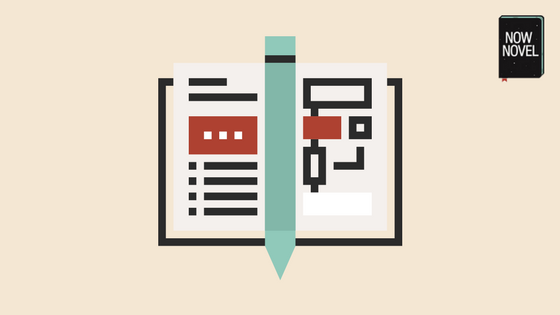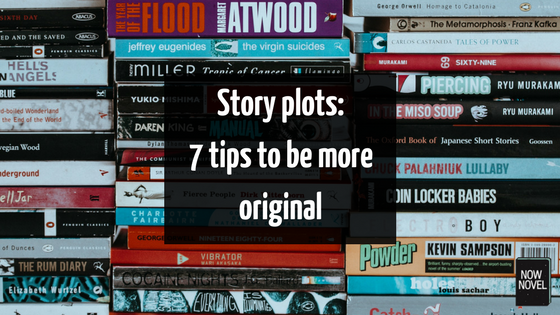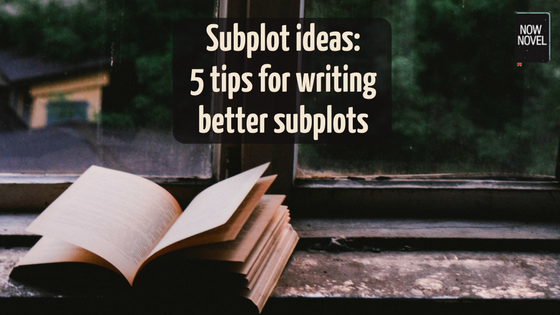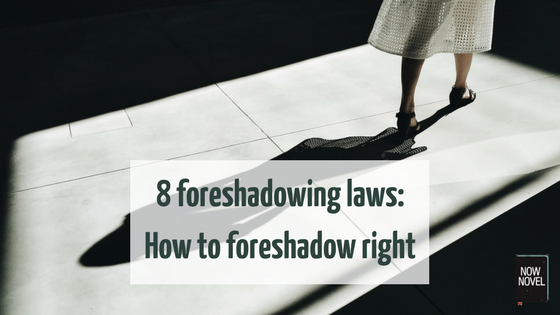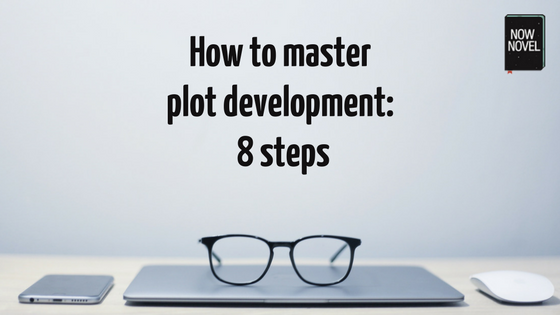Plot structure or narrative structure is a key element of story. Even the most simple children’s stories have story events that relate to each other, showing intriguing cause and effect, action and reaction. Here are tips for shaping your story so there is satisfying connection between scenes and events, starting with a definition of plot structure:
